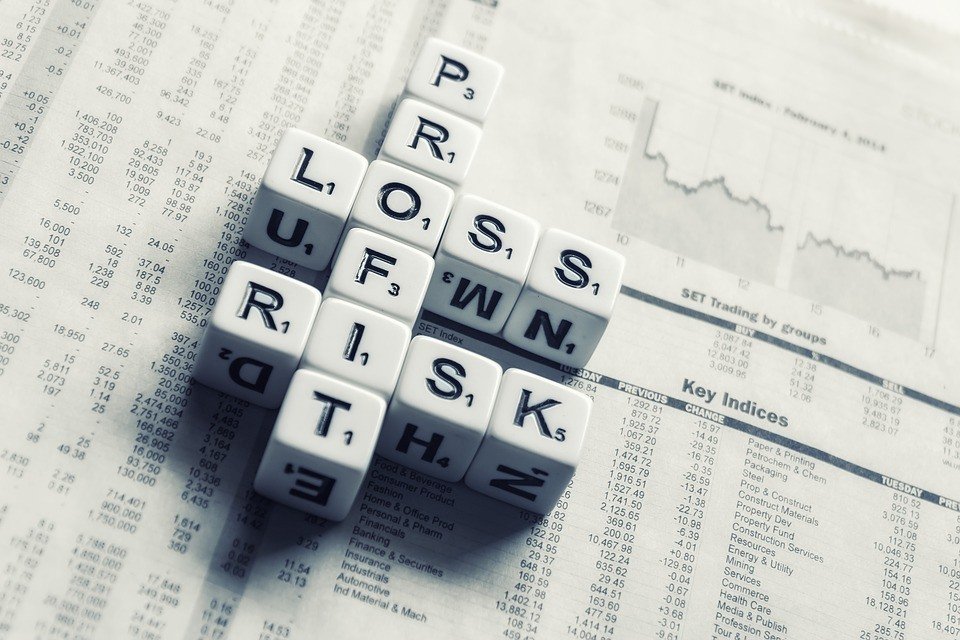Featured
Stocks skyrocket leaving investors getting cold feet
In the early quarter of 2018, stocks were on cloud nine as it traded over 150 percent of GDP. But investors remain at bay instead of selling stocks.

The stock market was trading at an all-time high valuation of 150 percent of GDP this January. That was indeed the bell rung at the very top. Stocks have since started to roll over, but valuations are still at 140 percent of the underlying economy. And that is, historically speaking, way off the chart. The average of this metric was around 45 percent throughout the decades of the ’70s thru the mid-1990s.
Therefore, the market is screaming for investors to hit the sell button now while there are still ample bids left. But, if your complacency and procrastination prevent you from realizing the truly dangerous bubble in equities right now, here are eight of the most salient reasons why you’ll definitely need to find the nearest emergency exit before this fall.
1. If the Fed is going to be true to its word, there is now a fairly strong commitment for two to three more 25bp rate hikes to occur by the end of this year.
The motivation behind the continued hiking campaign is that Jerome Powell is cut from the same Phillips Curve cloth as the rest of the Keynesian automatons that ran the Fed before him. The problem is that 50-75bps worth of rate increases should be enough to flatten the yield curve and could even cause it to invert.
The spread between the two- and 10-year Note is already at the narrowest point since 2007—just 50bps. Three more hikes would put the effective Fed Funds Rate (FFR) around 2.5 percent. And if the 2-Year Note yield maintains its current spread to the FFR that would invert the curve. An inverted yield curve is a condition where short-term rates are higher than long-term rates, and it has nearly always led to a recession because the credit channel gets turned off once this occurs.
2. The London Interbank Offered Rate or LIBOR is used for the pricing of $370 trillion worth of loans and derivatives across the globe.
It is basically an unsecured dollar loan rate between banks in Europe and is used as a gauge of distress inside the banking system. This rate has increased from 0.3 percent to 2.33 percent in just the last two and half years and has caused a significant move higher in borrowing costs, which continues to increase on a daily basis. Spiking debt service costs on the record level of global debt is a dangerous condition for a stock market bubble.
3. The repatriation of overseas earnings resulting from Trump’s tax reform package, which is primarily being used to buy back shares, should become exhausted by this fall.
Corporations have a limited time to bring back overseas profits. This, in addition to the progressively increasing cost to borrow money, should greatly attenuate the amount of corporate buybacks before the end of the year.
4. Year-Over-Year earnings growth on the S&P 500 will fall to flat—or even turn negative—from up 18 percent this year.
The end of the Republicans’ other one-time steroid shot—a massive deficit-funded corporate tax cut—will run out of steam this fall. Wall Street’s nasty habit of making linear extrapolations on any good trend has caused them to price in earnings growth in the high teens in perpetuity. However, investors should not apply a once-in-a-generation corporate tax cut from 35 percent to 21 percent, which has temporarily boosted earnings growth this year, to next year’s earnings growth. 2019 will enjoy no such reduction in tax rates to dress up the profits picture. But rather, U.S. corporations have to deal with tariffs and a bond bubble implosion instead.

The US national debt will grow from $665 billion to $1 trillion. this year (Source)
5. The Fed’s Reverse QE program—effectively selling bonds to the public and destroying the proceeds in the process—rises to $50 billion per month, or $600 billion per year, from the current $30 billion per month.
And, the ECB cuts its QE program in half, from €30 billion per month to €15 billion; and they should be completely out of QE by the end of the year. Investors would be very wise not to ignore this rational: Central banks are moving from a high of $180 billion worth per month of QE to a net of virtually zero by year’s end. Therefore, the major tailwind behind equity prices will come to a stop in just about three quarters from now.
6. The U.S. Federal Budget Deficit will grow from $665 billion in fiscal 2017, to $1 trillion this fiscal year, before rising to $1.2 trillion in fiscal 2019 starting in October.
Therefore, there will indeed be a crowding out of private capital in a huge way due to a doubling of deficits, which are going to be confronted this time around with central sales instead of massive purchases.
7. The synchronized global growth narrative turns upside down as global PMIs fall sharply.
Already, weakness from rising rates and potential trade wars are causing China, Japan Europe, and the U.S. Purchasing Manager Indexes to begin rolling over, as well as many others. And this condition will only be exacerbated by the progression of Trump’s trade wars, along with the mounting intensity of rising debt service costs into the fall. Expect the full effect of tariffs and rising rates to significantly impact in a negative fashion global GDP growth by the third quarter of this year.
8. There is a significant risk, at least according to the polls and recent election results, that the Midterm elections will move the House back to Democrats’ control.
This would put an abrupt end to Trump’s Wall Street-friendly agenda … and this also will occur in the fall.
Given the confluence of the above events occurring between now and this fall, it is imperative to watch yield curve dynamics and credit spreads as some of the indicators to get the timing right for when you should be completely and safely out of the door. Pento Portfolio Strategies has several other components to monitor inside the Inflation/Deflation model to help clients not only find a chair but maybe even a luxury coach once the music stops. And even better yet, to help our investors get properly positioned to capitalize on the third massive equity market crash since the year 2000.
—
DISCLAIMER: This article expresses my own ideas and opinions. Any information I have shared are from sources that I believe to be reliable and accurate. I did not receive any financial compensation for writing this post, nor do I own any shares in any company I’ve mentioned. I encourage any reader to do their own diligent research first before making any investment decisions.

-

 Crypto2 weeks ago
Crypto2 weeks agoCoinbase Surges: Bernstein Targets $510 as COIN Hits Highest Price Since IPO
-

 Biotech2 days ago
Biotech2 days agoBiotech Booster: €196.4M Fund to Accelerate Dutch Innovation
-

 Markets1 week ago
Markets1 week agoCoffee Prices Decline Amid Rising Supply and Mixed Harvest Outlooks
-

 Crypto6 days ago
Crypto6 days agoCaution Prevails as Bitcoin Nears All-Time High


























You must be logged in to post a comment Login